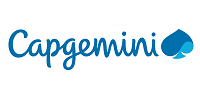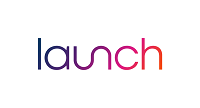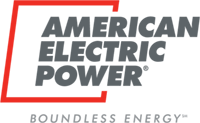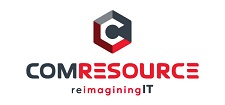Tim Ottinger – Always Be Learning & Experimenting
Christopher Avery – The Responsibility Process
Jodi Womack – Get Momentum When You Need It Most
Esther Derby – Leaders at All Levels
Barry Tarlton – The MacGyver Mindset for Mastering Problem Solving
Daryl Kulak – Three Types of ROI – Thin, Thick and Thurmanator
Ryan Ripley – The #NoEstimates Movement
Tim Ottinger – Leading Knowledge Workers
Dustin Potts – Seven Deadly Sins of Agile Coaching
Dave West – Who Is the Product Owner, Anyway?
Rob Tarr & Ryan Cromwell – Modern Javascript Workshop
Matthew Badgley – Learning To Fly: Purpose-Drive Teams
Steven Davidson – Agile Product Management Craftsmanship
Patricia Kong – Evidence-based Management & Metrics
Nate Lusher & Vicki Muscarella – Explosive Growth without Killing the Culture
Mandar Malunjkar, Eileen Ouellette, Kelly Kroskie, Michael Reggie, Dana Weigle, Neil Ritzert –Travelogue: Agility Transformation Journey at Alliance Data Systems and NetJets
Dan Wiebe – Writing rspec-Style Tests Respectfully
Jason Blackhurst – Developer-Initiated DevOps
Tommy Graves – Epistemology of Disagreeing
Kalpesh Shah – Outcome Over Output: Taking your Team to Next Level of Awesome !!!
Raj Indugula – Be Ready, Be Done: The Art of Slicing Stories
Kyle Mielke – Applying Lean Principles to Your Sales & Marketing Teams
Kyle Jenkins – Trust – Can we build it? Yes we can!
Ryan Ripley – Advanced Scrum
Hunter Willett – Frameworks are Like New Golf Clubs, They Won’t Fix a Terrible Swing: How Understanding the Principles of Agile is the First Step
Amanda Laucher – Coal Miners to Craftsman
Peter Kananen – Hands-on Flow Metrics
Sam O’Brien – 12 Steps to an Agile Mindset
Cynthia Payne & Jim Grafmeyer – Chat Bots and Chat Ops
Linda Farrenkopf – Integrating Agile Into Your Manager’s DNA
Ben Thorp – The Elusive Magic of Teams
Dan Greenleaf – Agile Metrics
Manisha Mahawar – How To Deliver Effective Feedback
Jon Fuller – Building Mobile Apps Can be Hard
Ryan Ripley, Faye Thompson, Jodi Womack, Davd Faurio, Tim Ottinger – Continuous Learning Through Aggressive Curiosity
Connie Kobal, Jennifer Bentley, Christy Fenzl, Kyle Udall – Visual Requirements – How to Decompose Scope
Warner Moore – Building a High Performing WebOps Team
Kevin Fox – Building Delivery Pipelines with Jenkins’ Pipeline as Code
Jeff Dalton – Agile Performance Holarchy
April Jefferson & Brielle Maxwell – Embracing LEAN Thinking and an Agile Mindset
Jeremy Willetts – Taking Agile Principles and Practices to the Rest of the Organization
Jim Sammons, Jon Stahl, John Mason, Anji Lopez, Nilesh Thamane – Coaching Panel
Wendy Jacobs & Nate Lusher – Keep Calm and Story Map On
Chris Slee – APIs and the Agile Transformation
Chris Nelson – GraphQL – What It Is and Why You Should Care

















